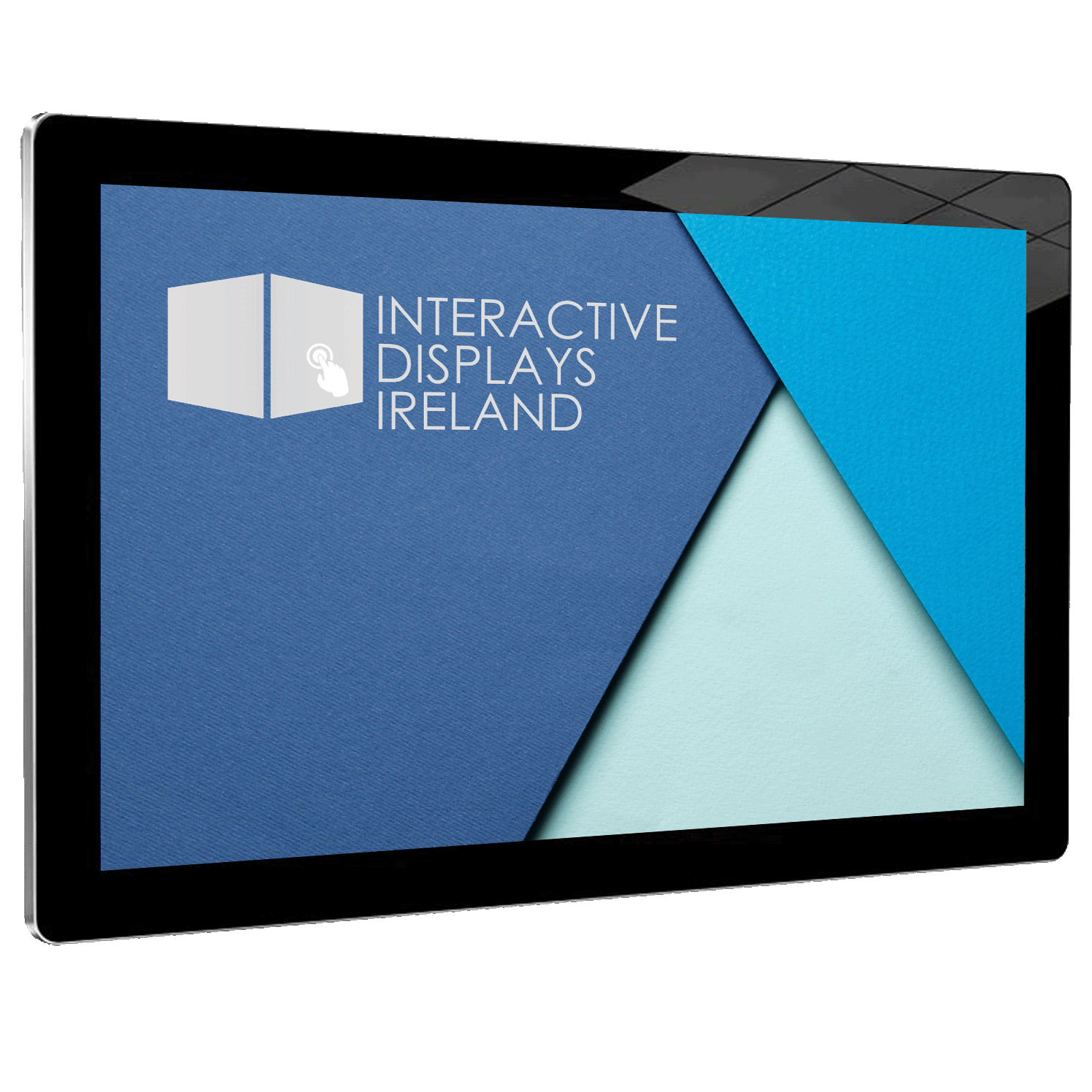RemoteIoT Display Chart: Revolutionizing Data Visualization
Imagine a world where you can monitor your IoT devices from anywhere, visualize complex data streams effortlessly, and make informed decisions in real-time. That’s exactly what RemoteIoT display chart brings to the table. Whether you’re an engineer, a data analyst, or just someone curious about the Internet of Things, this technology is your game-changer. It’s not just about displaying numbers; it’s about transforming raw data into meaningful insights that drive action.
Let’s face it, we’re living in an era dominated by connected devices. From smart homes to industrial automation, IoT is everywhere. But with so much data being generated, managing and interpreting it becomes a challenge. That’s where RemoteIoT display chart comes in, offering a seamless way to organize and present data in a user-friendly format. Whether you’re tracking temperature changes, monitoring energy consumption, or analyzing sensor data, this tool has got you covered.
Now, before we dive deep into the nitty-gritty of RemoteIoT display chart, let’s set the stage. This isn’t just another tech buzzword. It’s a practical solution designed to simplify complex processes. In this article, we’ll explore everything you need to know about RemoteIoT display charts, from their functionality to their real-world applications. So, buckle up because we’re about to embark on a journey into the fascinating world of data visualization!
Read also:Unlocking The Power Of Agmaal Men A Comprehensive Guide
What Exactly is RemoteIoT Display Chart?
Let’s break it down. A RemoteIoT display chart is essentially a digital tool that allows users to visualize data collected from IoT devices remotely. Think of it as a dashboard that brings all your data together in one place, making it easy to understand and act upon. These charts are highly customizable, meaning you can tailor them to fit your specific needs. Whether you want to see data in graphs, tables, or even heatmaps, the possibilities are endless.
One of the coolest things about RemoteIoT display chart is its ability to update in real-time. No more waiting for reports or manually refreshing data. Everything happens automatically, ensuring you always have the latest information at your fingertips. This real-time capability is especially crucial in industries like healthcare, manufacturing, and agriculture, where timely decisions can make all the difference.
Here’s the kicker: RemoteIoT display charts aren’t just for tech wizards. Even if you’re not a data scientist, you can still use this tool effectively. The user interface is designed to be intuitive, so anyone can navigate it with ease. Plus, with features like drag-and-drop customization and pre-built templates, setting up your chart has never been simpler.
Key Features of RemoteIoT Display Chart
Now that we know what RemoteIoT display chart is, let’s take a closer look at its standout features:
- Real-Time Updates: Get instant access to the latest data without any delays.
- Customizable Dashboards: Tailor your display chart to match your specific requirements.
- Multi-Device Compatibility: Access your charts from any device, whether it’s a laptop, tablet, or smartphone.
- Integration with IoT Platforms: Seamlessly connect with popular IoT platforms for a unified experience.
- Secure Data Handling: Rest assured that your data is protected with advanced encryption and security protocols.
These features make RemoteIoT display chart a versatile tool suitable for a wide range of applications. Whether you’re monitoring environmental conditions, tracking inventory levels, or analyzing customer behavior, this tool has got you covered.
How Does RemoteIoT Display Chart Work?
Okay, so how does this magic happen? At its core, RemoteIoT display chart relies on a combination of sensors, cloud computing, and advanced algorithms to collect, process, and display data. Here’s a simplified breakdown of the process:
Read also:Temporary Replacement Ep 3 Your Ultimate Guide To Seamless Transitions
- Data Collection: IoT devices equipped with sensors gather data from their surroundings. This could be anything from temperature readings to motion detection.
- Data Transmission: The collected data is then transmitted to a central server, usually via Wi-Fi or cellular networks.
- Data Processing: Once the data reaches the server, it’s processed using powerful algorithms to extract meaningful insights.
- Data Visualization: Finally, the processed data is displayed on the RemoteIoT chart in a visually appealing format, making it easy to interpret.
What’s impressive is how all of this happens almost instantaneously. Thanks to advancements in cloud computing and edge processing, data is handled efficiently, ensuring minimal latency. This real-time capability is what sets RemoteIoT display chart apart from traditional data visualization tools.
Types of Charts Available
Not all data is created equal, which is why RemoteIoT display chart offers a variety of chart types to suit different needs:
- Line Charts: Perfect for tracking trends over time.
- Bar Charts: Ideal for comparing different categories.
- Pie Charts: Great for showing proportions and percentages.
- Heatmaps: Useful for visualizing data density and patterns.
- Gauge Charts: Excellent for displaying single metrics like temperature or pressure.
No matter what type of data you’re dealing with, there’s a chart type that can help you make sense of it. Plus, with the ability to switch between chart types on the fly, you can experiment until you find the perfect representation for your data.
Why Choose RemoteIoT Display Chart?
With so many data visualization tools out there, why should you choose RemoteIoT display chart? Here are a few compelling reasons:
1. Scalability: Whether you’re managing a handful of devices or thousands, RemoteIoT display chart can handle it all. Its scalable architecture ensures that performance remains consistent, no matter how much data you throw at it.
2. Ease of Use: As we mentioned earlier, the user interface is designed to be intuitive. Even if you’re new to IoT, you’ll find it easy to get started with RemoteIoT display chart.
3. Cost-Effectiveness: Compared to traditional data visualization solutions, RemoteIoT display chart offers a more affordable option without compromising on features.
4. Support for Multiple Protocols: Whether you’re using MQTT, HTTP, or CoAP, RemoteIoT display chart supports a wide range of communication protocols, ensuring seamless integration with your existing systems.
5. Strong Community and Support: With a vibrant community of users and developers, you’ll never be short of help or resources. Plus, the official support team is always on hand to assist with any issues you might encounter.
Applications of RemoteIoT Display Chart
So, where can you apply RemoteIoT display chart in real life? The possibilities are virtually endless:
- Smart Homes: Monitor energy usage, control lighting, and adjust climate settings from anywhere.
- Industrial Automation: Keep an eye on machinery performance, predict maintenance needs, and optimize production processes.
- Agriculture: Track soil moisture levels, weather conditions, and crop health to improve yields.
- Healthcare: Monitor patient vitals remotely, ensuring timely interventions when needed.
- Retail: Analyze customer behavior, optimize inventory management, and enhance shopping experiences.
These are just a few examples, but the truth is, any industry that relies on data can benefit from RemoteIoT display chart. It’s a tool that truly transcends boundaries.
Setting Up Your RemoteIoT Display Chart
Ready to get started? Setting up your RemoteIoT display chart is a breeze. Here’s a step-by-step guide to help you along the way:
- Sign Up: Head over to the official website and create an account. It’s free to sign up, and you’ll get access to a host of features right off the bat.
- Connect Devices: Link your IoT devices to the platform. This usually involves entering a few details like device IDs and API keys.
- Create a Dashboard: Use the drag-and-drop interface to design your dashboard. Add charts, widgets, and other elements to suit your needs.
- Customize Settings: Fine-tune your chart settings to ensure they align with your goals. You can adjust colors, fonts, and other visual elements.
- Test and Launch: Once you’re happy with your setup, test it out to make sure everything’s working as expected. Then, hit the launch button and start monitoring your data in real-time.
That’s it! With these simple steps, you’ll have your RemoteIoT display chart up and running in no time. And don’t worry if you run into any issues; the support team is just a click away.
Troubleshooting Common Issues
Even the best tools can sometimes run into problems. Here are a few common issues you might encounter with RemoteIoT display chart and how to fix them:
- Device Not Connecting: Double-check your device settings and ensure that all necessary credentials are correctly entered.
- Data Not Updating: Verify your internet connection and ensure that your device is transmitting data properly.
- Chart Not Displaying Correctly: Try refreshing the page or resetting your chart settings. If the problem persists, reach out to support.
Remember, most issues can be resolved quickly with a bit of troubleshooting. And if all else fails, the support team is always there to help.
Real-World Examples of RemoteIoT Display Chart
To give you a better idea of how RemoteIoT display chart works in practice, let’s look at a couple of real-world examples:
Example 1: Smart Agriculture
A farmer in California uses RemoteIoT display chart to monitor soil moisture levels in his fields. By analyzing the data in real-time, he can determine when to irrigate his crops, ensuring optimal growth and reducing water waste. The result? Higher yields and lower costs.
Example 2: Industrial Automation
A manufacturing plant in Germany implements RemoteIoT display chart to track machine performance. By identifying patterns and anomalies in the data, they’re able to predict maintenance needs and prevent costly downtime. This proactive approach has significantly improved their production efficiency.
These examples demonstrate the versatility and power of RemoteIoT display chart in solving real-world problems.
Future Trends in RemoteIoT Display Chart
As technology continues to evolve, so does RemoteIoT display chart. Here are a few trends to watch out for in the coming years:
- Artificial Intelligence Integration: AI-powered analytics will enhance data interpretation, providing even deeper insights.
- Augmented Reality Displays: Imagine visualizing your data in a 3D space using AR. It’s closer than you think!
- Edge Computing Optimization: Processing data closer to the source will reduce latency and improve performance.
These advancements will take RemoteIoT display chart to the next level, making it an even more powerful tool for data visualization.
Conclusion: Why RemoteIoT Display Chart Matters
In a world increasingly driven by data, having the right tools to interpret and act on that data is crucial. RemoteIoT display chart offers a comprehensive solution that simplifies complex processes and empowers users to make informed decisions. From its real-time updates to its customizable dashboards, this tool has something for everyone.
So, what are you waiting for? Dive into the world of RemoteIoT display chart and unlock the full potential of your data. Don’t forget to leave a comment below sharing your thoughts and experiences. And while you’re at it, why not explore some of our other articles on IoT and data visualization? There’s always more to learn!
Table of Contents:
Article Recommendations


